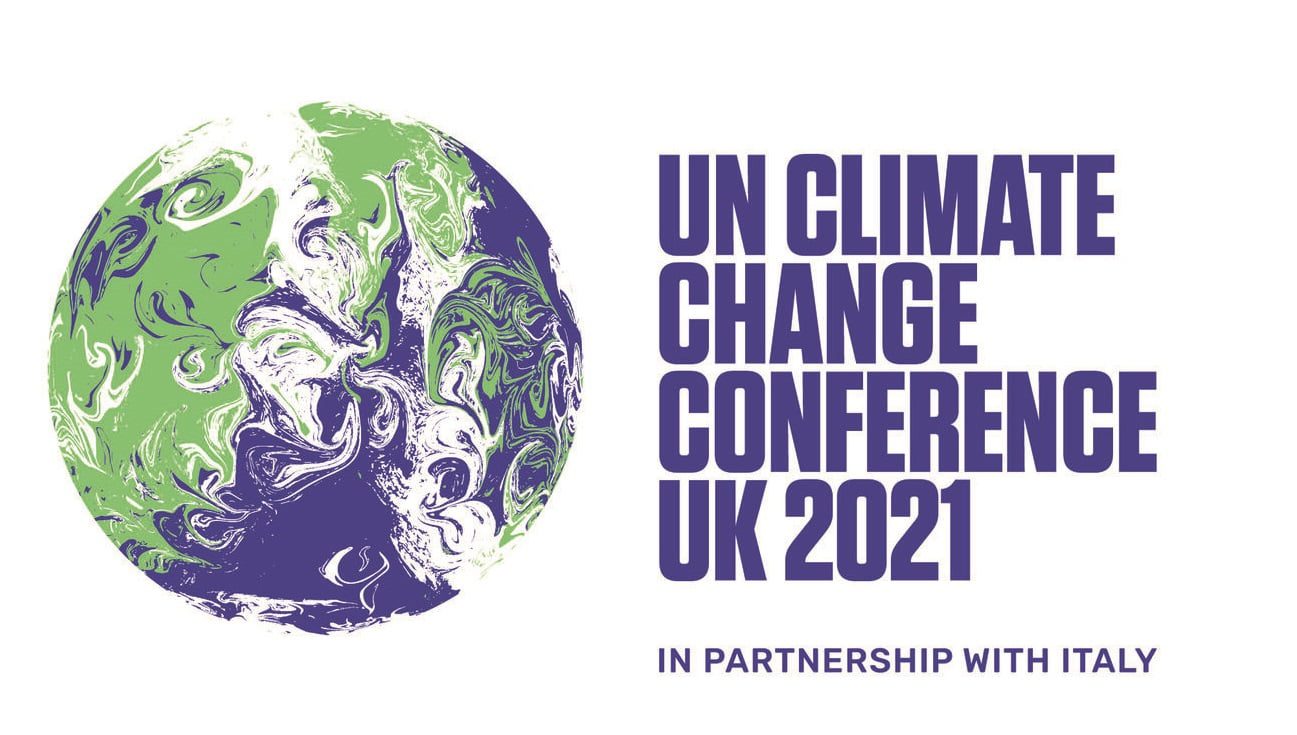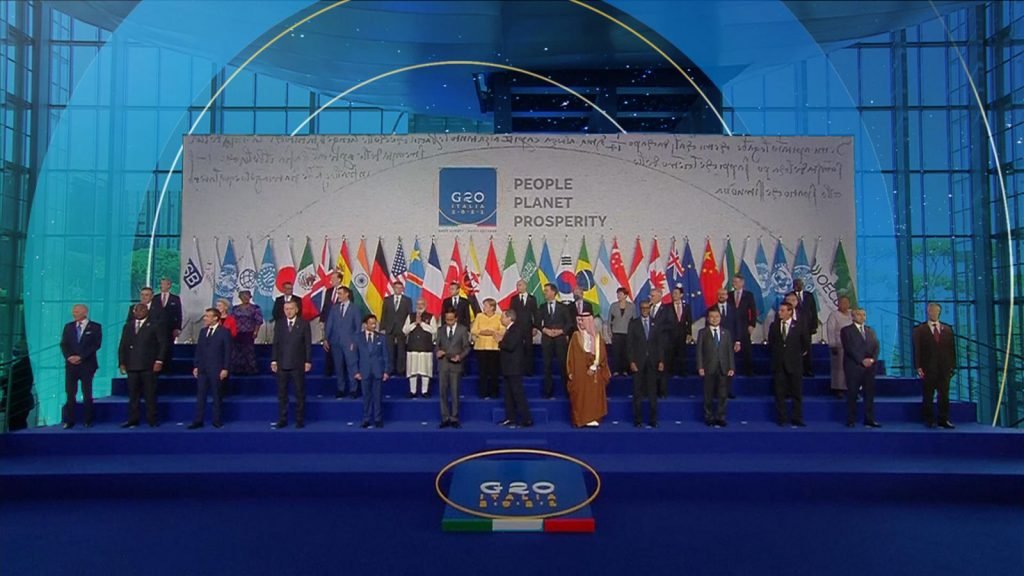This year, the UN COP26 was the UN’s most important Climate Change Conference. The UK government hosted the conference in Glasgow, Scotland, from 31 October to 12 November 2021. The UN COP26 was a continuation of the Earth Summit 1992 and the Paris Agreement 2015.
Our world is warming up due to the fossil fuel emissions caused by human use of coal, oils, and gas. Very intense weather conditions like floods, drought, and heat waves have been linked with adverse climatic change worldwide at the height of their extremity.
The recent decade was reported to be the warmest decade on record, and the governments of different countries imposed urgent collective action based on this.
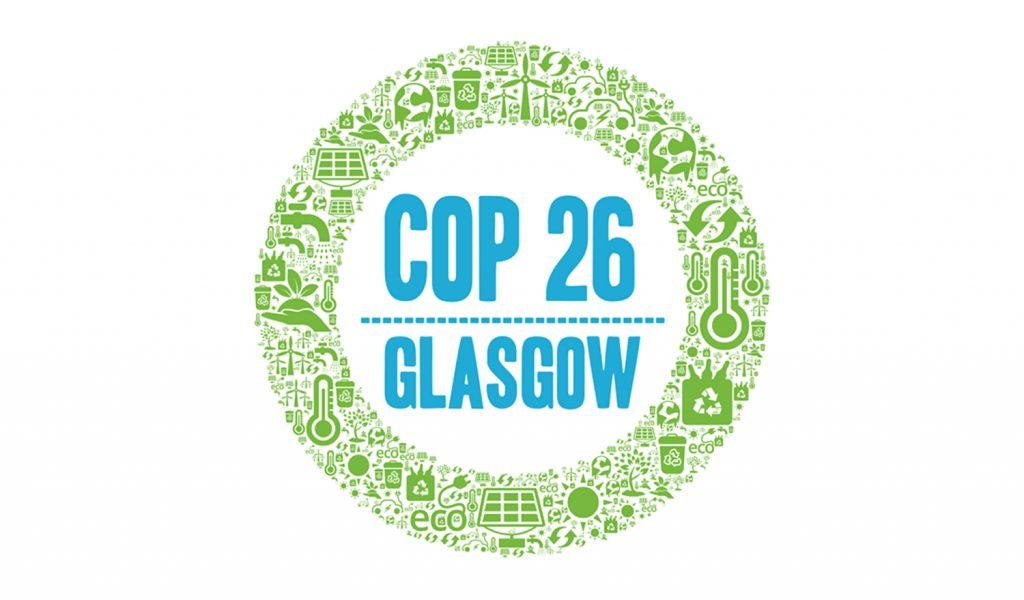
▶ The crisis caused by climate issues isn’t vague anymore; the consequences produced by centuries of greenhouse gas emissions are still affecting people’s lives.
▶ Failure to act now will result in a reversal of development gains for society’s poorest and most vulnerable people, an erosion of biodiversity, increased challenges in providing food and shelter, and the potential loss of entire countries owing to climate change’s effects.
The Elders are adamant about keeping global warming to 1.5 degrees Celsius.
A just approach to addressing climate change entails not only allowing the most vulnerable to participate completely and putting in more efforts to take urgent action against the crisis but also assisting underdeveloped and economically weaker countries in getting well adapted to the effects caused by climate change by providing more financial help for the development of low-carbon solutions and making this technology accessible to them.
What is the UN COP26 Summit?
The discussions were being held under the auspices of the United Nations Framework Convention on Climate Change (UNFCCC), an international treaty signed in 1992 at the Rio Earth Summit to combat global warming and its consequences. It was enacted in 1994.
COP is short for the “conference of the parties.” It is a gathering of the UNFCCC’s 197 signatories – 196 nations plus the EU – to decide how to implement the pact. This was the first Conference of the Parties (COP) since COP25, which occurred in Madrid in 2019.
The 26th United Nations Framework Convention on Climate Change (UNFCCC) conference, UN COP26, was initially scheduled for November 2020 but was postponed owing to the coronavirus epidemic.
- Around 200 countries were asked for their ideas on reducing emissions by th30 for COP26.
- This has been the 26th summit in the list of annual summits.
- According to the Paris Agreement taken into consideration in 2015, the different countries were asked to ensure the rate of global warming to be “well below” 2°C and, if they could, try to make it even lower up to 1.5°C to prevent a sizeable climatic catastrophe.
The goal of UN COP26 is to keep emissions at the limit until they reach net zero by 2050.
Decisions taken under the Paris Agreement-
In Paris, all governments sincerely pledged to bring more ambitious 2030 promises to UN COP26 to close the enormous 2030 emissions gap already visible in 2015.
The Agreement made in Paris allows us to compare the directions of the process to show us that making many progressive changes is possible.
Keeping aside all their differences, one hundred ninety-seven countries agreed to work together to emphasize that all multilateral processes can only be built on trust and word. This, in turn, shows respect for the capacity of smaller delegations to engage in solid results.
- All the countries under the Paris Agreement must take their commitments seriously and incorporate their Nationally defined contributions to make the world progress toward a greener yet more sustainable path toward growth and economic development.
- The Elders also recognized that the Paris Agreement commitments are only a first step toward limiting climate change to 1.5 degrees Celsius. Governments must accelerate climate change measures to achieve a carbon-free future.
- The agreement based on climatic issues formed in Paris reached UN COP21, which was a major historic event. One hundred ninety-six nations coming together and joining hands for the betterment of the future was very rare and displayed encouragement for global solidarity and hope.
- However, that hope needs to be urgently turned into a solid action plan and worked on extensively to ensure the limiting of warming to 1.5 °C.
If governments do not act fast and deliberately, we risk producing one of the greatest injustices in human history. We will deny future generations their entitlement to a habitable, sustainable Earth. If we do not act now, mankind as a whole will suffer.
It is possible to find a solution. We have the means and technology to transition to a low-carbon economy and eliminate our dependence on fossil fuels. We can unify around the shared vision of a sustainable, equitable future with bold, revolutionary leadership at the global level and grassroots insight and innovation.
Topics of concern of UN COP26:
The discussions in Glasgow for two weeks straight started at the G20 Leaders’ summit, which was held in Rome on 30-31 October.
It was expected to make significant observations on the phasing out of fossil fuels and deliver a grander ambition under the Paris Agreement in 2015 on limiting the global rise in temperature to 1.5°C above pre-industrial levels.
In the first few days of UN COP26, heads of state attended the World Leaders Summit, where they delivered statements and, presumably, made new promises, setting the tone for the negotiations.
Each day of the talks we had a theme or combination of themes that served as a focus for events and discussions, such as finance, energy, adaptation, and loss and damage.
Attendees of UN COP26 - Glasgow:
The summit was attended by around 25,000 people from all 200 nations, including around 120 heads of state in the first few days.
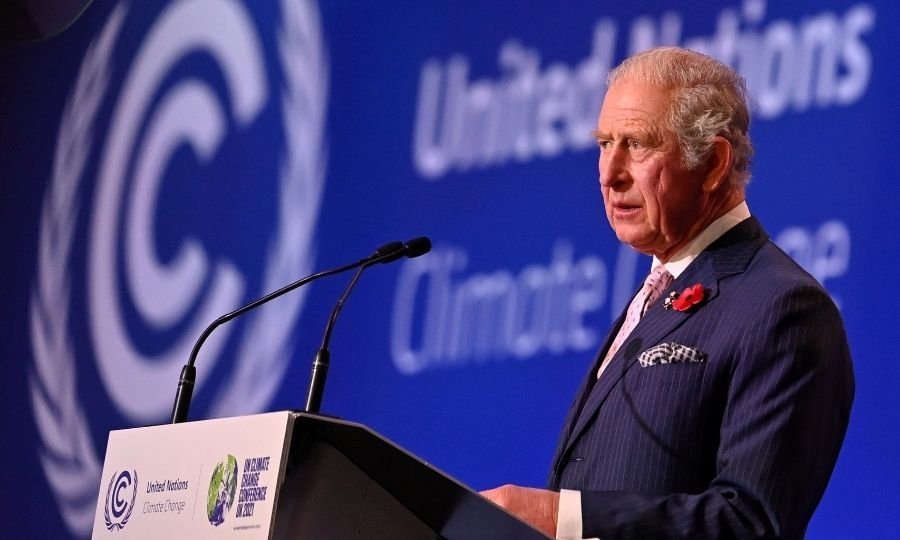
- Prince Charles addressed the opening ceremony in person on behalf of Queen Elizabeth.
- American President Joe Biden, German Chancellor Angela Merkel, French President Emmanuel Macron, Indian Prime Minister Narendra Modi, Ukrainian President Volodymyr Zelensky, Spanish Prime Minister Pedro Sánchez, Dutch Prime Minister Mark Rutte, Canadian Prime Minister Justin Trudeau, Israeli Prime Minister Naftali Bennett, Egyptian President Abdel Fattah el-Sisi, Japanese Prime Minister Fumio Kishida, and Indonesian President Joko Widodo.
- Former American President Barack Obama, English broadcaster & natural historian David Attenborough, and Australian Prime Minister Scott Morrison spoke at the summit.
- During all the earlier discussions held in Madrid, around half of the attendees were either government delegates or different campaigners, business people, experts, journalists, or citizens.
- Delegates from underdeveloped nations and civil society have warned that the discussions might not be inclusive because vaccine, travel, and quarantine difficulties have limited their in-person participation.
Which agreements were taken into action?
Negotiations in the second week focused on the remaining aspects of the “Paris rulebook”—operationalizing the Paris Agreement.
- The world has only eight years to reduce emissions by an exceeding 28 gigatonnes of CO2 equivalent to maintain the global warming temperature below 1.5°C, over and beyond, guaranteed in the updated form of NDCs and the commitments of 2030.
- To put this figure in context, carbon dioxide emissions are estimated to reach 33 gigatonnes by 2021.
- Annual CO2 emissions are close to 60 Gt CO2 when all other greenhouse gases are considered.
- As a result, to meet the 1.5°C objectives, we must practically half greenhouse gas emissions. The additional requirement for the 2°C objectives is lower: a reduction in annual CO2 emissions of 13 Gt CO2e by 2030.
The research, according to Alok Sharma, the incoming UN COP26 President, highlights why countries must demonstrate aggressive climate action at COP26:
As this research shows, assuming nations meet their 2030 NDCs and net-zero pledges, which were announced by the end of September, we will be on track for global average temperature rises of just over 2 degrees Celsius.
Complementary analyses imply that the Paris Agreement would have kept the temperature below 4°C.
“There has been improvement,” he concluded, “but that isn’t enough.”
If we are to maintain a 1.5 degrees Celsius temperature upto our reach in this certain period of time, we need the G20 nations who are considered the largest emitters to come forward to stronger and better pledges for 2030.
Zeroing in on net-zero:
According to the authors, net-zero promises – and their proper implementation – might make a major difference, but existing plans are imprecise and not represented in NDCs. 49 countries, including the EU, have committed to a net-zero goal.
This accounts for more than half of worldwide residential greenhouse gas emissions, half of global GDP, and a third of the world’s population. Eleven targets, totaling 12% of world emissions, are incorporated in legislation.
If made resilient and completely implemented, net-zero targets might reduce global warming by 0.5°C, bringing the expected temperature rise to 2.2°C. On the other hand, many national climate policies postpone action until after 2030, raising uncertainties about whether net-zero pledges can be met.
Twelve G20 members have committed to a net-zero goal, but their commitments are still vague. Action must also be prioritized to align with the 2030 targets.
The Potential of Methane and Market Mechanisms:
The Emissions Gap Report examines the potential of various sectors every year. This year, its concentration is on methane and market processes. In the medium term, reducing methane emissions from the fossil fuel, waste, and agriculture sectors can help close the emissions gap and reduce warming.
- Methane emissions are the second largest contributor to global warming. Over a 20-year horizon, gas has a global warming potential of over 80 times that of carbon dioxide. It also has a shorter lifetime in the atmosphere than carbon dioxide—only twelve years, compared to hundreds for CO2—so methane reductions will limit temperature increases faster than CO2 reductions.
- Technical measures currently available for free or at a modest cost could cut anthropogenic methane emissions by roughly 20% annually. If all of the remedies are implemented, together with broader structural and behavioral changes, anthropogenic methane emissions might be reduced by about 45 %.
Meanwhile, carbon markets have the potential to lower prices and so inspire more ambitious reduction promises, but only if rules are clearly defined, transactions reflect actual emissions reductions, and procedures to assess progress and offer transparency are in place.
COVID-19 recovery opportunity largely missed:
The COVID-19 epidemic resulted in a 5.4 percent reduction in world CO2 emissions in 2020. CO2 and non-CO2 emissions, on the other hand, are predicted to grow again in 2021, albeit to a level only slightly lower than the record high set in 2019.
Just about 20% of total recovery investments are expected to reduce greenhouse gas emissions until May 2021. Six G20 members and one permanent guest account for over 90% of expenses.
COVID-19 spending in low-income economies (USD 60 per person) has been significantly lower than in advanced economies (USD 11,800 per person). Finance gaps will likely worsen gaps in climate resilience and mitigation measures in vulnerable countries.
Why is UN COP26 important?
UN COP26 is the first significant test of the Paris Agreement, signed in 2015.
- When governments discussed this, they committed to keeping the global average temperature rise well below 2 degrees Celsius and working toward a limit of 1.5 degrees Celsius above pre-industrial levels.
- They developed a ratchet mechanism to encourage regular increases in national ambition and a focus on adopting short-term action to reduce and adapt to climate change to stay on pace with fulfilling the agreement’s goals, including staying under 1.5 degrees Celsius.
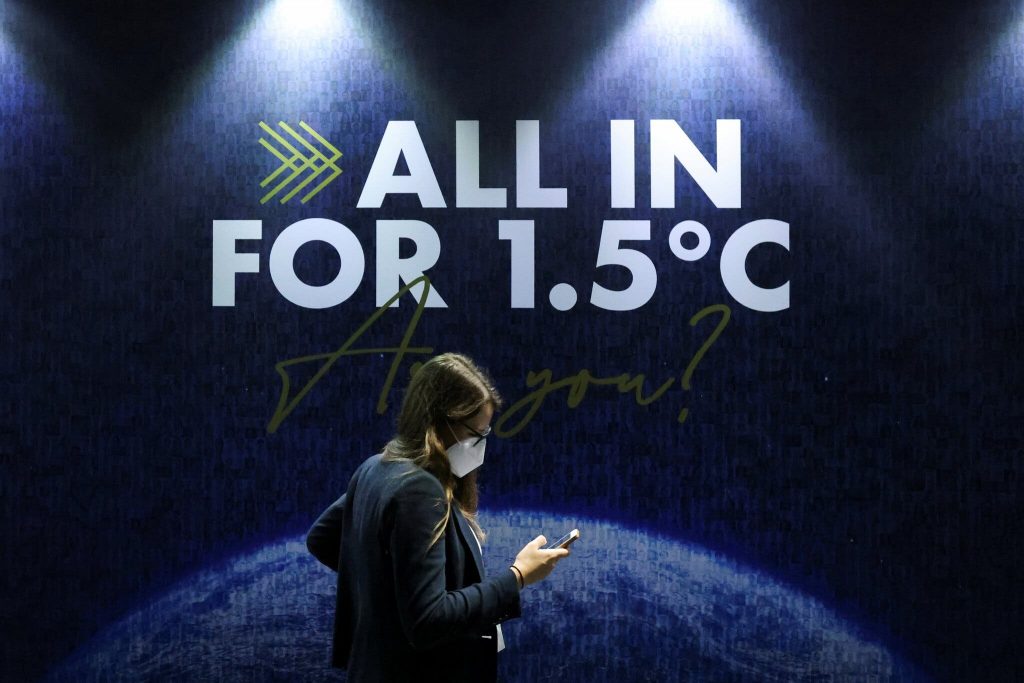
This depends on countries agreeing to update and strengthen their national climate obligations, known as nationally determined contributions (NDCs), every five years. Those five years ended in December, but because of the epidemic and the postponement of last year’s meetings, countries have been slow to update their NDCs.


